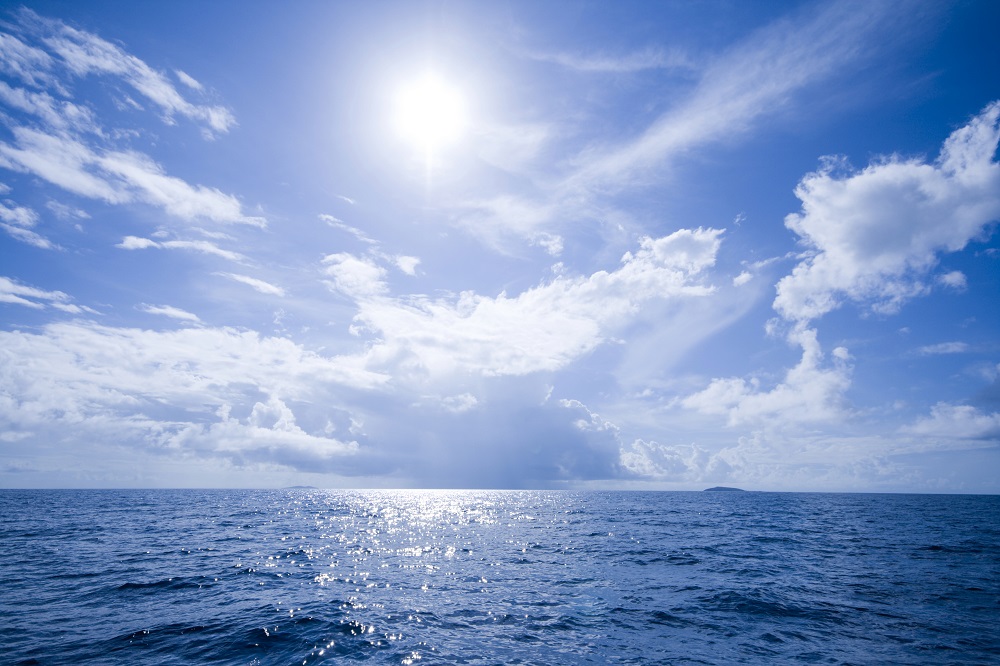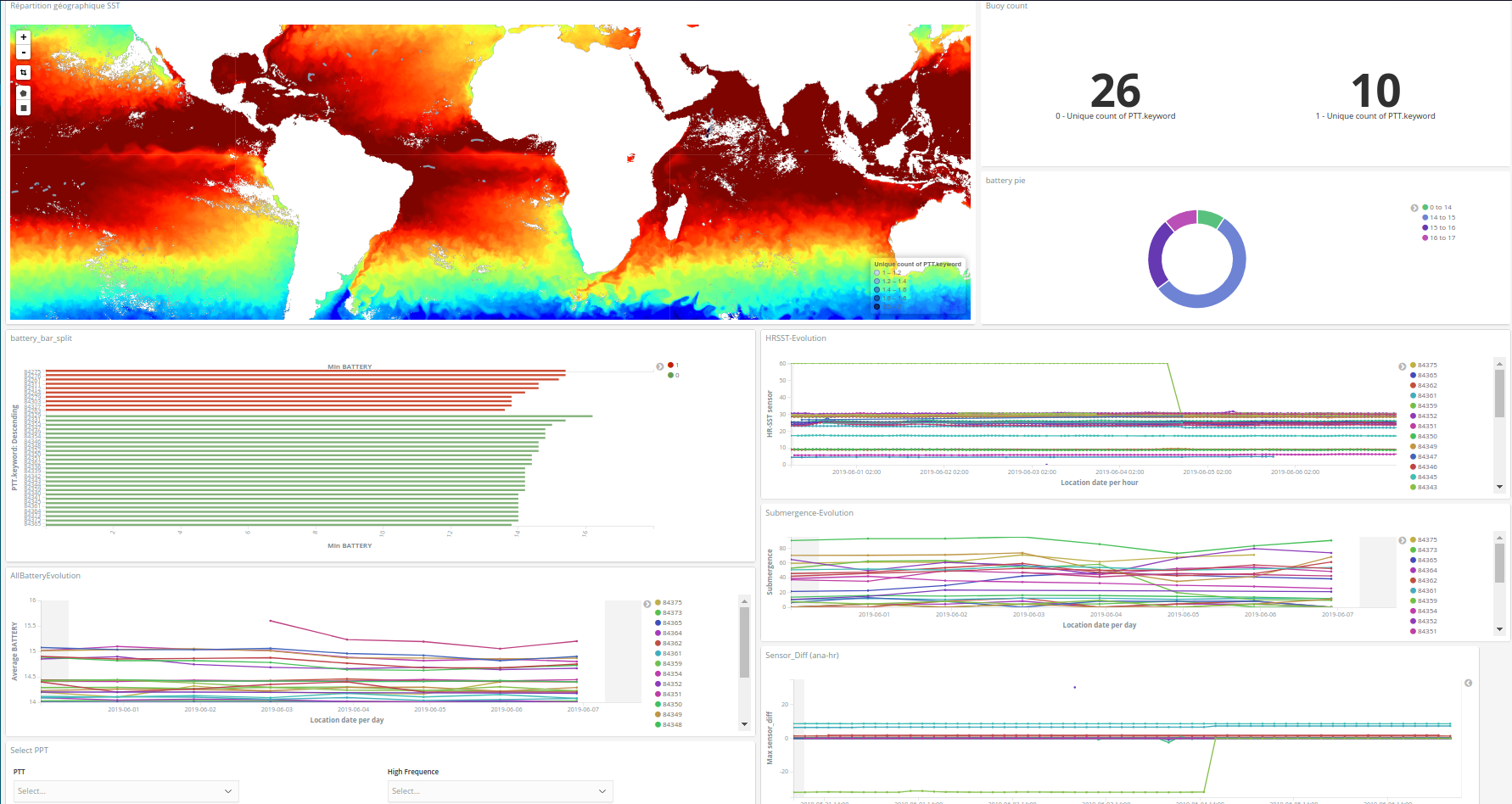Update on the TRUSTED project: Delivery of second batch of DBCP-compliant HRSST buoys
- June 13, 2019
- Category: Flash info

The TRUSTED project is part of an European Union Copernicus funded initiative to provide fiducial reference measurements for the calibration of the temperature radiometers of the Sentinel 3 satellite constellation for EUMETSAT. CLS, expert in satellite oceanography and provider of satellite telemetry services and hardware (Argos and Iridium) for major international ocean observation systems, leads the TRUSTED project, with a consortium of 6 partners. This week, the second batch of 50 buoys has been delivered to EUMETSAT.
Photo caption: Verification of the TRUSTED production buoys in the SHOM metrology laboratory.
In the framework of the project, a new type of surface drifter, the SVP-BRST was developed. The drifters are drogued at 15 meters and carry 2 temperature sensors, a standard Sea Surface Temperature sensor and one high resolution SST (HR-SST) sensor coupled to a hydrostatic pressure sensor with a sampling frequency of 1Hz, a barometer, a strain gauge and an Iridium 9602 N modem using SBD service allowing them to send back observation data in near real time. Each component of the buoys as well as the buoys were tested either in tanks in the workshop or in a quarry or finally out at sea in various weather conditions. This was to ensure that the new buoys met the stringent standards defined by the Data Buoy Cooperation Panel (DBCP).
Second delivery of TRUSTED buoys
This week, the second delivery of 50 HRSST TRUSTED buoys was affected by French buoy manufacturer, NKE. Météo France, also a project partner, is responsible for deploying the buoys. To date, 36 HRSST buoys have been deployed in the world’s oceans following a carefully planned deployment map with initial positions in areas deemed critical for the radiometer calibration.
A core part of the project is the metrology testing to ensure that the new instrument, namely the HR-SST sensor is tested and calibrated with full traceability to the SI, that is to say, to the international temperature standards with a determined uncertainty. This means extensive calibration and verification of the HR-SST sensors both inside and outside the buoys over a temperature range of 1°c to 35°C within the SI certified SHOM metrology lab in Brest, France. The results from the metrology exceeded the project SOW, with an expanded uncertainty below the 0.05°C threshold.
Data ready for numerical weather community
The data collected by the buoys is processed and prepared for dissemination in real time through the Global Telecommunication System (GTS) by CLS and is also available through the CORIOLIS drifting buoy Global Data Assembly Center.
The full array of 100 HRSST buoys should be deployed by end 2019/early 2020 to ensure calibration of Sentinel-3 high resolution temperature measurements by EUMETSAT scientists.
To learn more
This project will be presented at the following events:
Oceans 2019, Marseille, June 17-20
OSO Symposium, College Park, June 18-20
Access to data
- Raw data Via FTP (credential required)
- csv file available via argoswebportal
- Netcdf(cfcompliant) on the Coriolis GDAC portal:
- FTP : ftp://ftp.ifremer.fr/ifremer/dbcp-drifter/gdac/active/
- ERDDAP : http://www.ifremer.fr/erddap/tabledap/DBCPDriftingBuoysGDAC.graph

